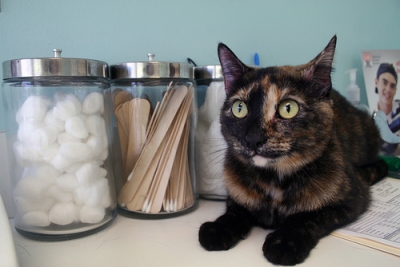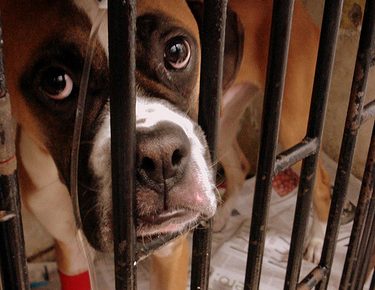
Feline Odontoclastic Resorptive Lesions, FORLs, sometimes referred to as feline cavities, occurs when cells called odontoclasts cause resorption of the tooth.
The disease appears first at gum level eventually progressing to the tooth crown. The entire tooth may be resorbed or the enamel may fracture. Gum tissue then grows over the area.
While the cause is unknown, it is thought that the loss of the root’s protective covering called periodontal ligaments may be responsible.
FORLs can occur with any cat, but purebreds such as Persians, Abyssinians and Siamese seem more prone to the disease.
Symptoms can be loss of appetite resulting in weight loss, obvious pain while chewing and/or reluctance to chew, drooling, sometimes with blood, a fractured tooth. Cats can become very sensitive to any touching around the mouth area.
Treatment begins with x-rays to determine the amount of resorption. The tooth is extracted and the cat is relieved of pain. In some instances if the root is completely resorbed, only the tooth crown is removed.
Dogs can suffer from FORLs too, but they are much less common for them.
Regular dental checkups and brushing your pet’s teeth at least 3 times a week will help prevent problems or at least let you know if a problem exists.
Related articles:


